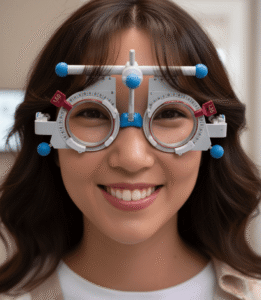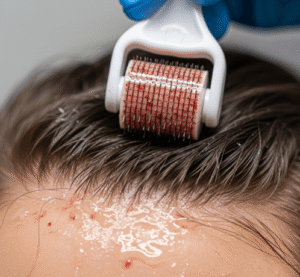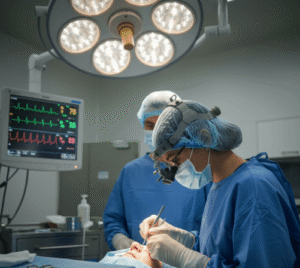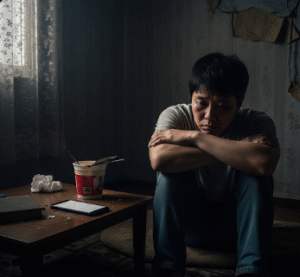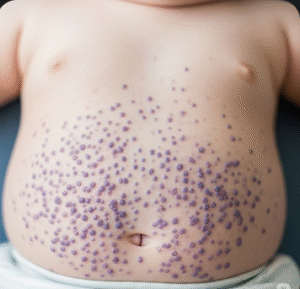Overview
Jaundice in newborns, also known as neonatal jaundice, is a common condition where a baby’s skin and the whites of the eyes turn yellow due to elevated bilirubin levels in the blood. While mild jaundice is usually harmless and resolves on its own, severe jaundice can lead to serious complications such as kernicterus (brain damage). South Korea provides advanced neonatal care with early detection and effective treatment options to ensure newborn safety.
What is Jaundice in Newborns?
Neonatal jaundice occurs when a newborn’s liver is not yet fully developed, causing a temporary inability to process and remove bilirubin efficiently. Bilirubin is a yellow pigment produced during the normal breakdown of red blood cells. Jaundice typically appears within the first week of life and is common in premature babies.
Symptoms
- Yellowing of the skin and eyes (starting from the face and progressing downward)
- Poor feeding or lethargy in severe cases
- Dark-colored urine
- Pale or clay-colored stools
- Irritability
Causes
- Physiological jaundice: Normal newborn liver immaturity
- Breastfeeding jaundice: Insufficient milk intake leading to dehydration
- Hemolytic jaundice: Blood group incompatibility (e.g., ABO or Rh incompatibility)
- Liver or metabolic disorders
- Infection (sepsis or viral infections)
- Prematurity (immature liver function)
Risk Factors
- Premature birth
- Low birth weight
- Family history of neonatal jaundice
- Certain ethnic backgrounds (higher incidence in East Asian newborns)
- Blood type incompatibility between mother and baby
Complications
- Severe hyperbilirubinemia leading to kernicterus (brain damage)
- Hearing loss
- Developmental delays if untreated
- Lethargy and feeding difficulties
- Rarely, bilirubin-induced neurologic dysfunction
Prevention
- Early and frequent feeding to promote bilirubin excretion
- Monitoring bilirubin levels in at-risk infants
- Timely phototherapy or other medical interventions
- Prenatal blood type screening and antibody testing
Treatment Options in Korea
- Diagnosis
- Physical examination of skin and eyes
- Blood tests to measure total and direct bilirubin levels
- Assessment of underlying causes such as blood group incompatibility or liver dysfunction
- Phototherapy
- Blue light therapy helps break down bilirubin in the skin
- Commonly used in hospitals and neonatal intensive care units (NICUs)
- Medication
- In some cases, intravenous immunoglobulin (IVIG) for severe hemolytic jaundice
- Treating underlying infections with antibiotics if necessary
- Exchange Transfusion
- For extremely high bilirubin levels or rapidly rising jaundice
- Involves replacing a portion of the baby’s blood to reduce bilirubin
- Supportive Care
- Maintaining hydration through breastfeeding or formula
- Monitoring for signs of worsening jaundice
- Follow-up bilirubin checks after discharge
- Specialized Centers
- South Korea has advanced NICUs and pediatric care units in hospitals such as Seoul National University Hospital, Samsung Medical Center, and Asan Medical Center. These centers provide comprehensive neonatal care including phototherapy, exchange transfusions, and long-term follow-up for infants with jaundice.


